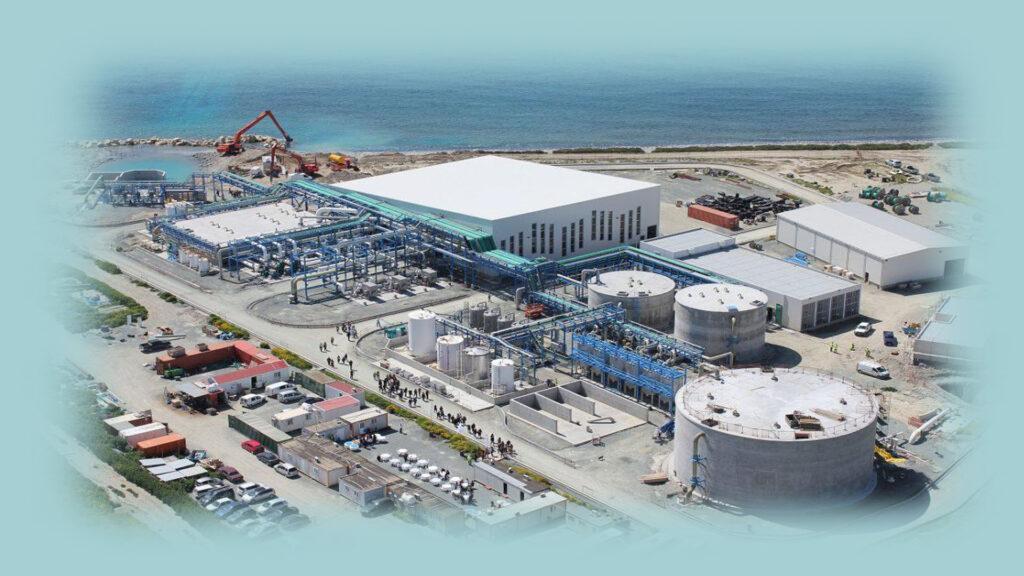The Innovations Of Civil Engineering In Water Desalination

Desalination is the process of removing salt and other minerals from seawater or brackish water in order to produce fresh water for consumption or industrial use. With the growing demand for fresh water, especially in dry regions like the Middle East, desalination has become an important source of water for human consumption and industrial use.
Here are some frequently asked questions about desalination:
How does desalination work?
There are several methods of desalination, but the most common method is called reverse osmosis. This process involves forcing seawater through a semi-permeable membrane, which allows water molecules to pass through while blocking salt and other minerals. The resulting fresh water is then collected and made available for use.
Is desalination cost-effective?
Desalination can be expensive to set up and operate, but the cost depends on several factors, such as the size of the plant, the technology used, and the cost of energy. In some cases, desalination can be more cost-effective than other options, such as importing water or drilling for groundwater.
Is desalinated water safe to drink?
Yes, desalinated water is safe to drink and meets all drinking water standards. However, it is important to note that desalination removes not only salt but also minerals that are important for human health, such as calcium and magnesium. As a result, desalinated water may not have a desirable taste and can lead to mineral deficiencies if consumed over long periods.
What are the environmental impacts of desalination?
Desalination can have a significant impact on the environment, particularly on marine life. The intake and discharge of water can disrupt aquatic ecosystems and harm fish populations. Additionally, desalination requires a lot of energy, which can lead to increased greenhouse gas emissions and contribute to climate change.
Can desalination help address water scarcity?
Desalination can provide a valuable source of water in areas where freshwater is scarce or unavailable. However, it is important to consider other factors, such as the cost and environmental impact of desalination, as well as the potential for conservation and water reuse.
What are some examples of desalination projects?
There are many desalination projects around the world, but some notable examples include the Sorek plant in Israel, which is one of the largest reverse osmosis plants in the world, and the Palm Jumeirah plant in Dubai, which is powered by solar energy.
What is the future of desalination?
Desalination is likely to become an increasingly important source of fresh water in many parts of the world as the demand for water continues to grow. However, there are also concerns about the environmental impacts and cost-effectiveness of desalination, and researchers are exploring new technologies and solutions to address these challenges.
Conclusion
Desalination is an important technology that can provide a valuable source of water for human consumption and industrial use. While desalination has its benefits, such as providing fresh water in areas where it is scarce, it also has its drawbacks, such as high costs and environmental impacts. As such, it is important to consider desalination in the broader context of water conservation and management.


Post a Comment for "The Innovations Of Civil Engineering In Water Desalination"